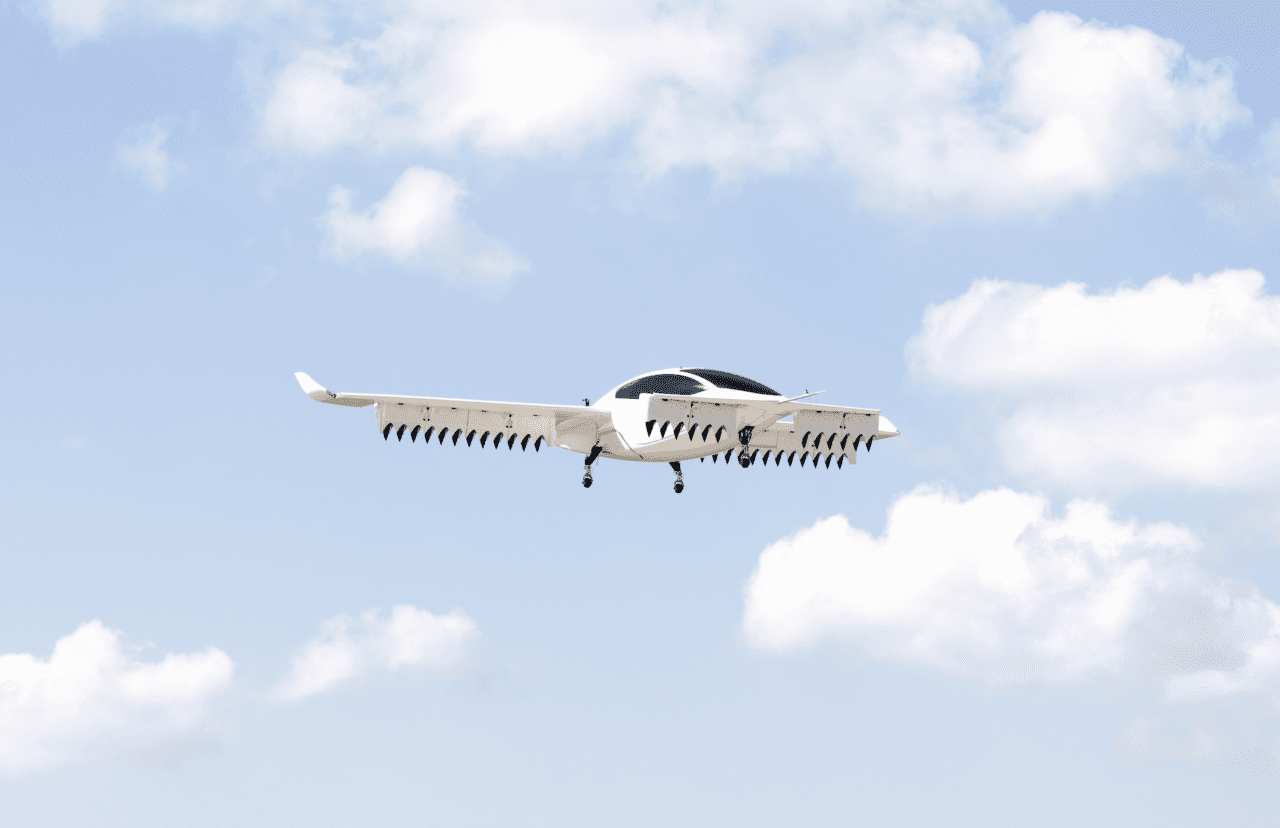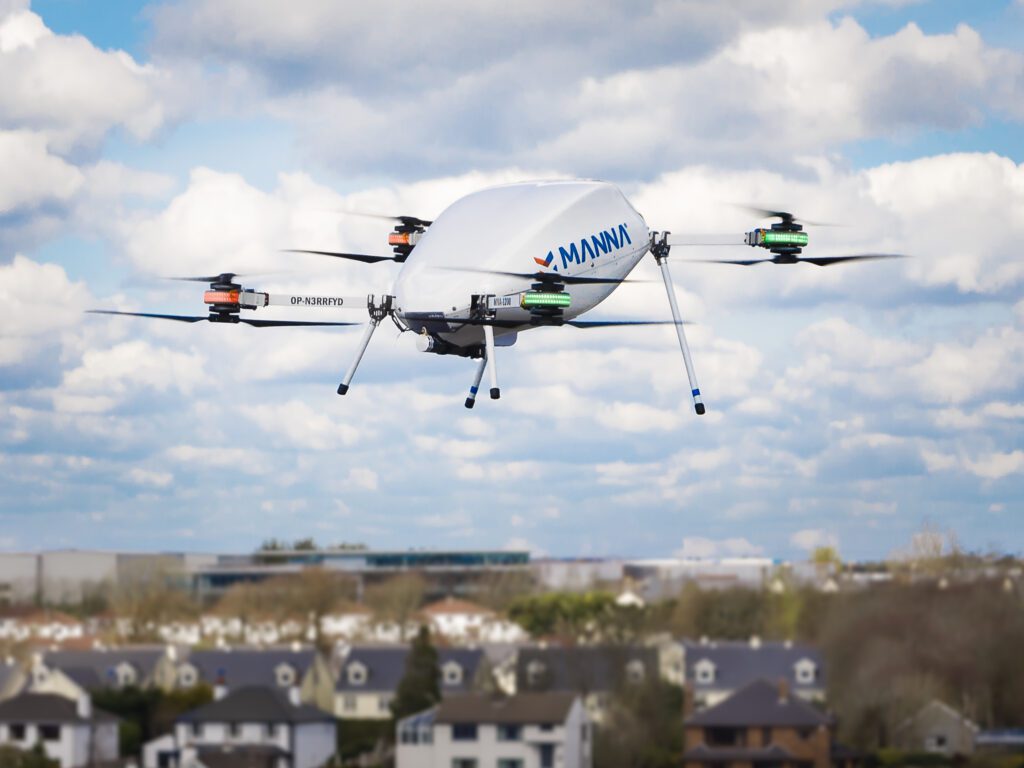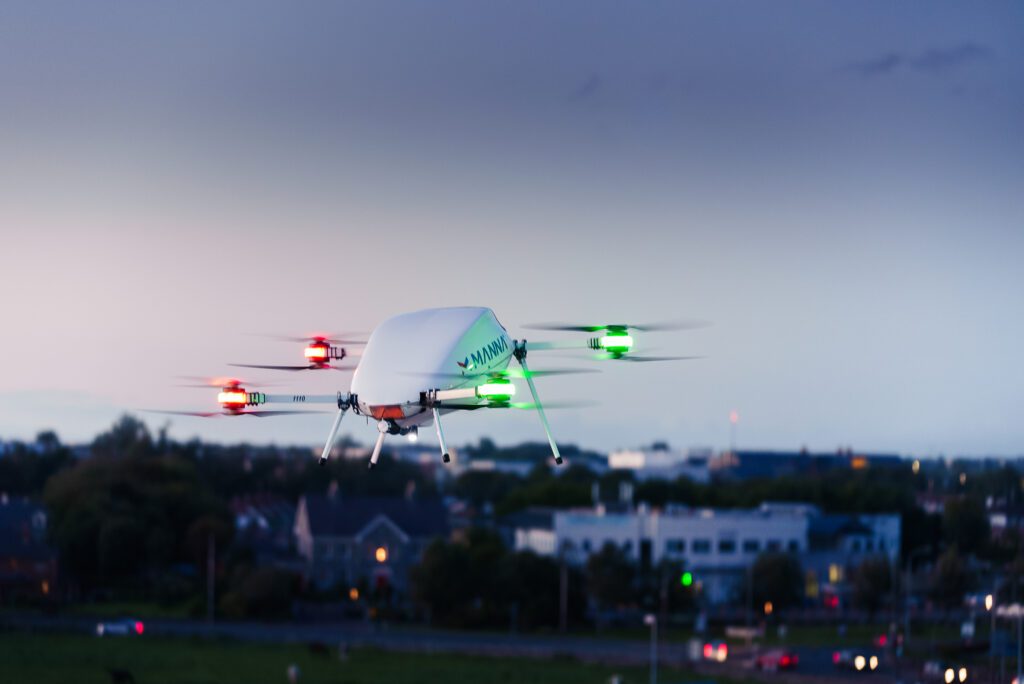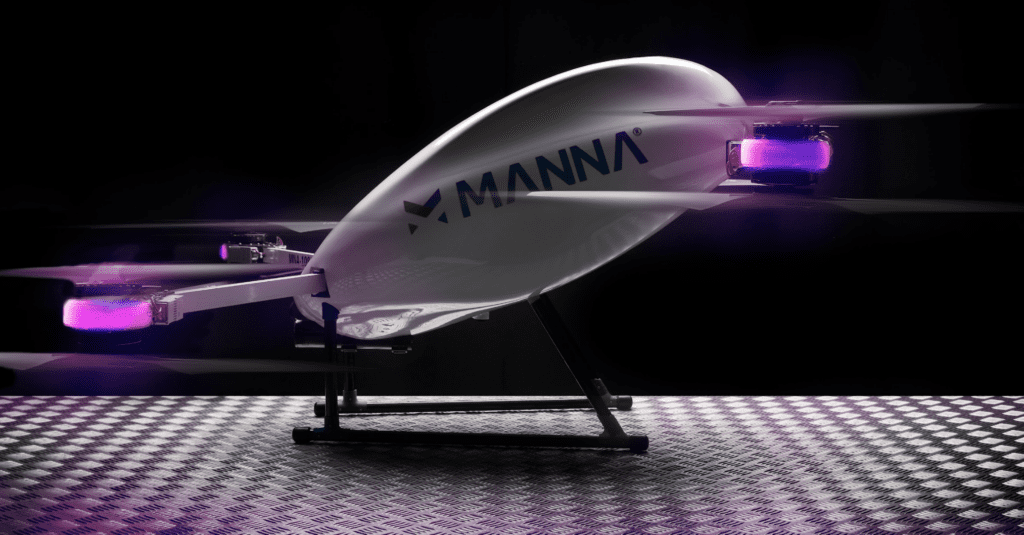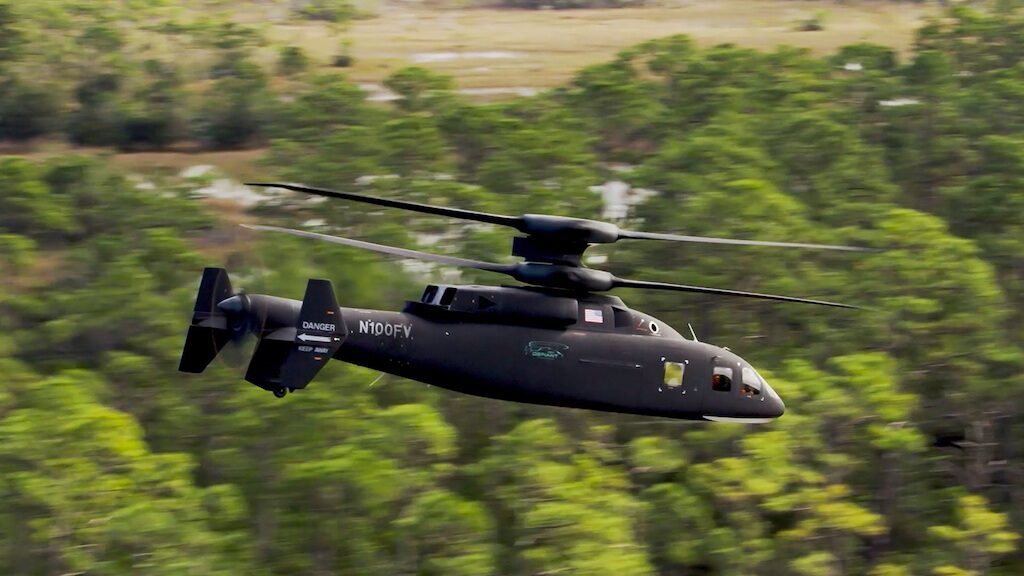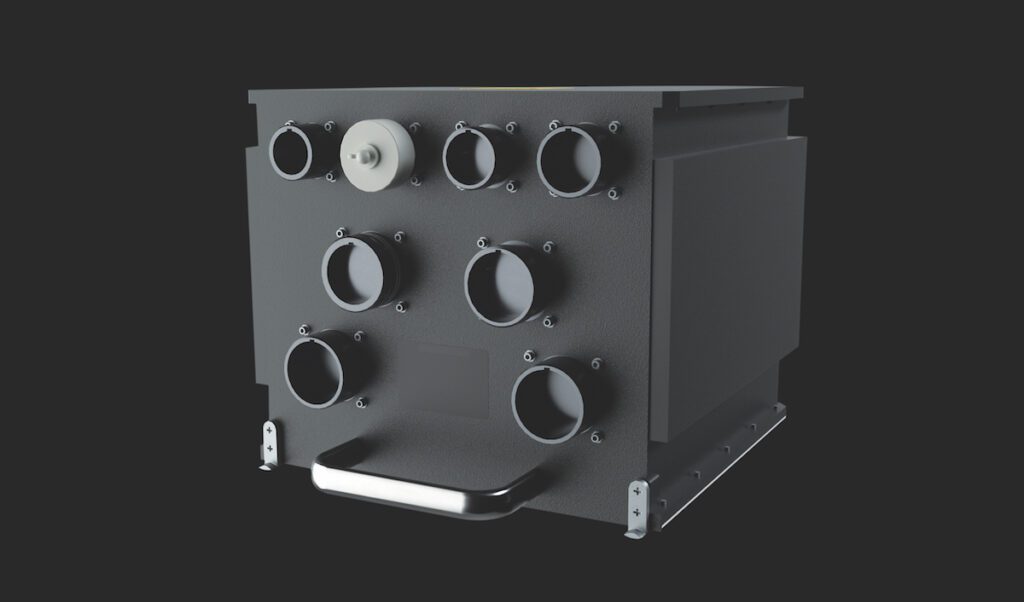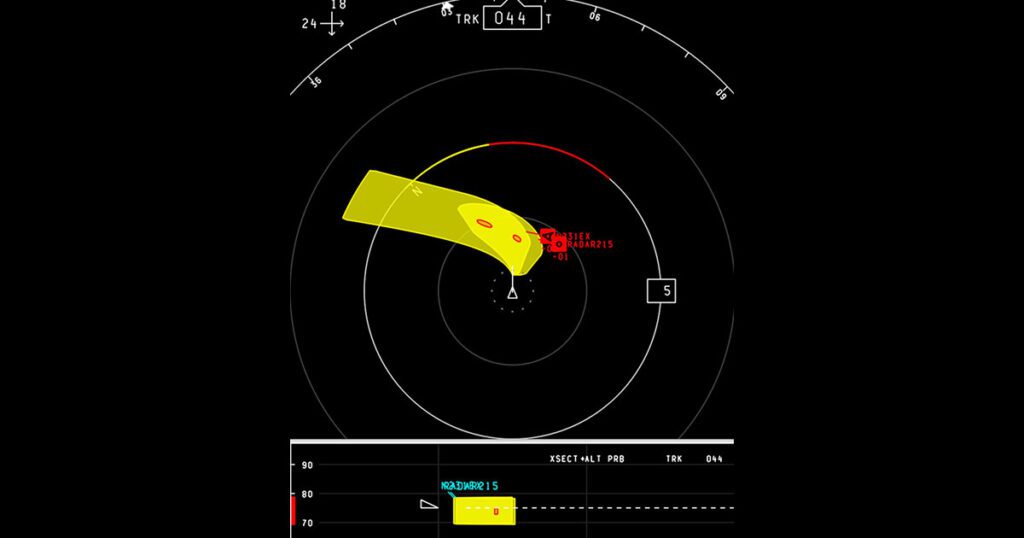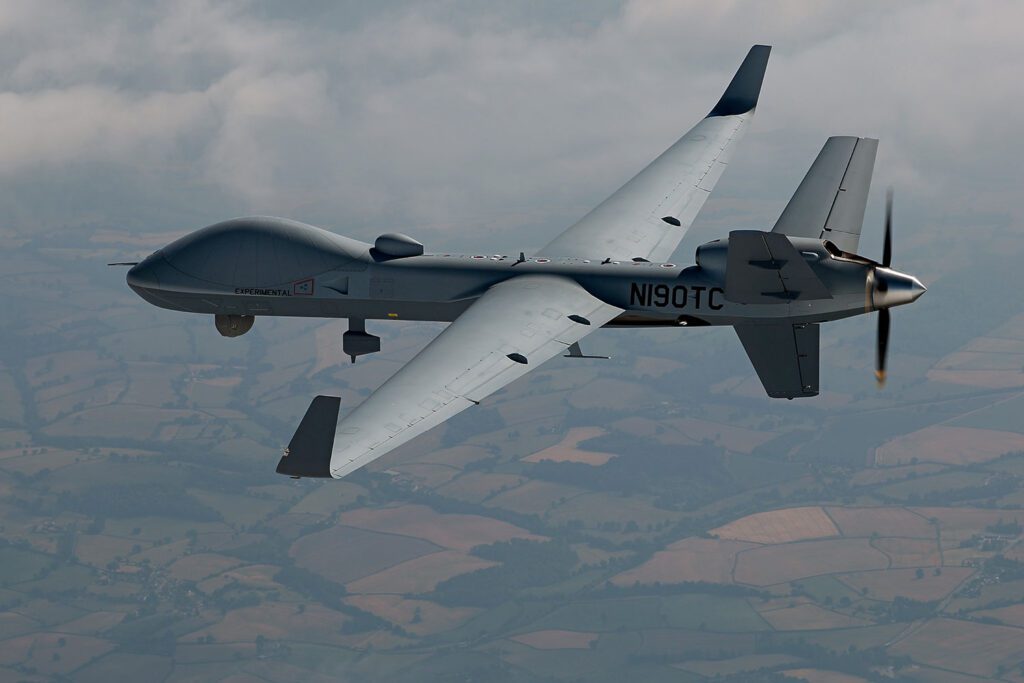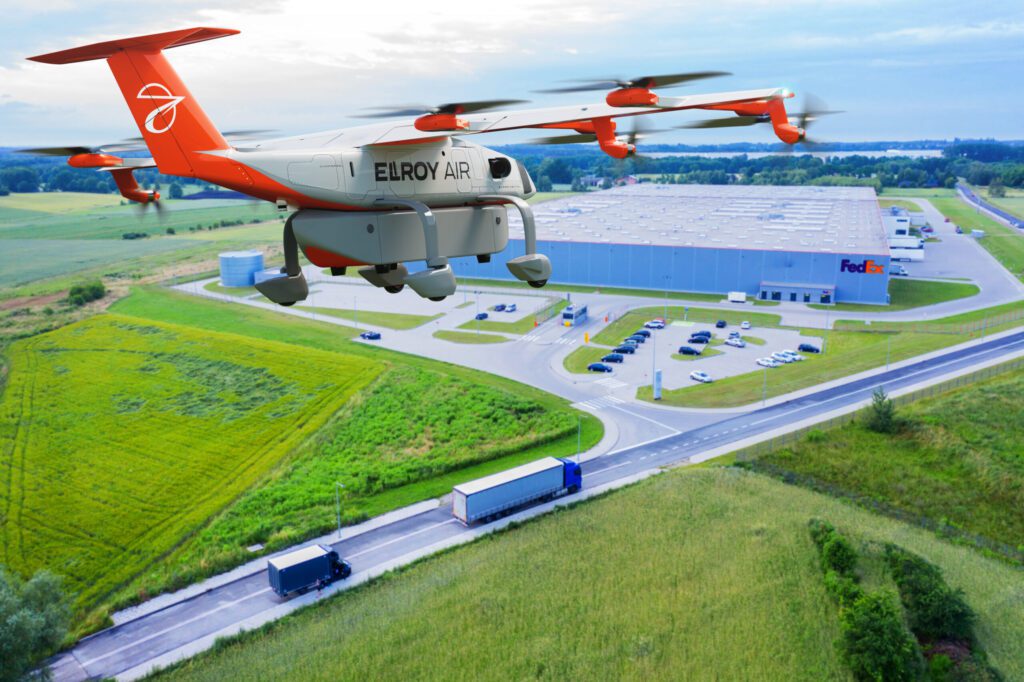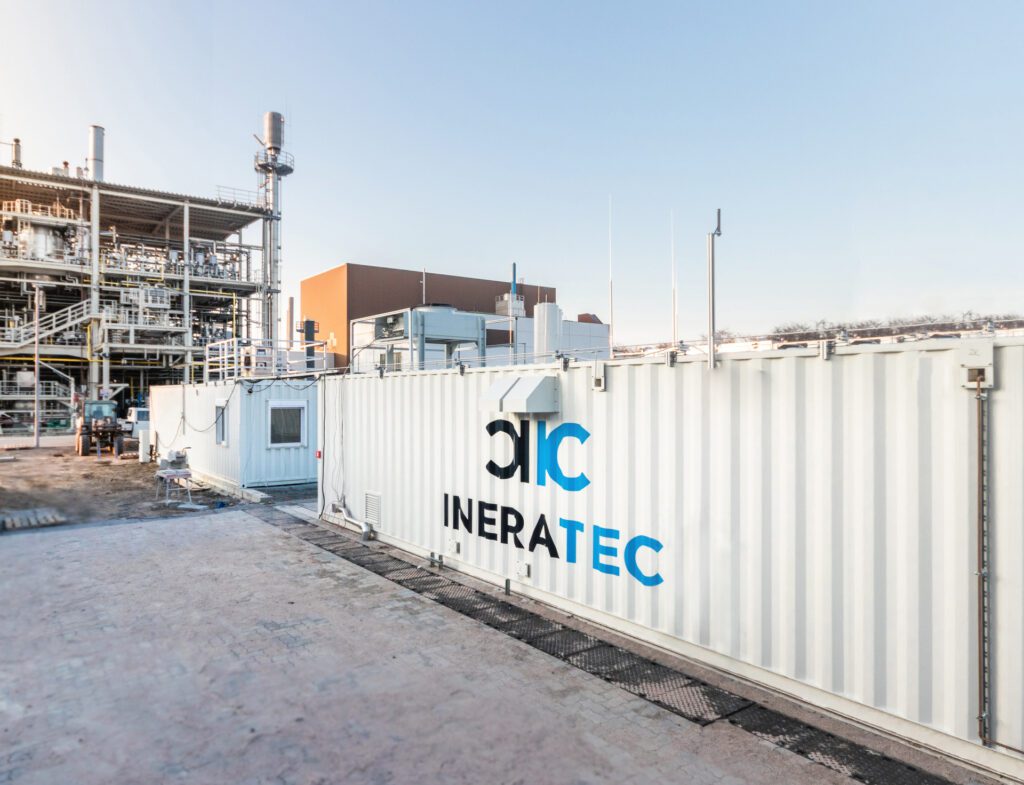
NEW ORLEANS, LOUISIANA — Business and general aviation aircraft electronics are becoming increasingly more connected and digital within smaller modular form factors, as evidenced by the opening ceremony of the annual 2022 Aircraft Electronics Association (AEA) convention.
There were a total of 30 new avionics products introduced during this year’s ceremony, with a significant number of them providing general aviation operators with new methods for acquiring, transmitting, and analyzing critical flight operational and aircraft system maintenance data. This list highlights 17 of the most innovative new avionics technologies introduced during the opening ceremony.
The list is in no ranking order, and does not feature every new product that was introduced during the opening ceremony. Some of these technologies were previously announced or launched prior to AEA’s 2022 convention; however, this was the first time Avionics was provided access to or acknowledgment of them, while some others included new software or other feature updates being announced for the first time.
Universal Avionics Connectivity Ecosystem
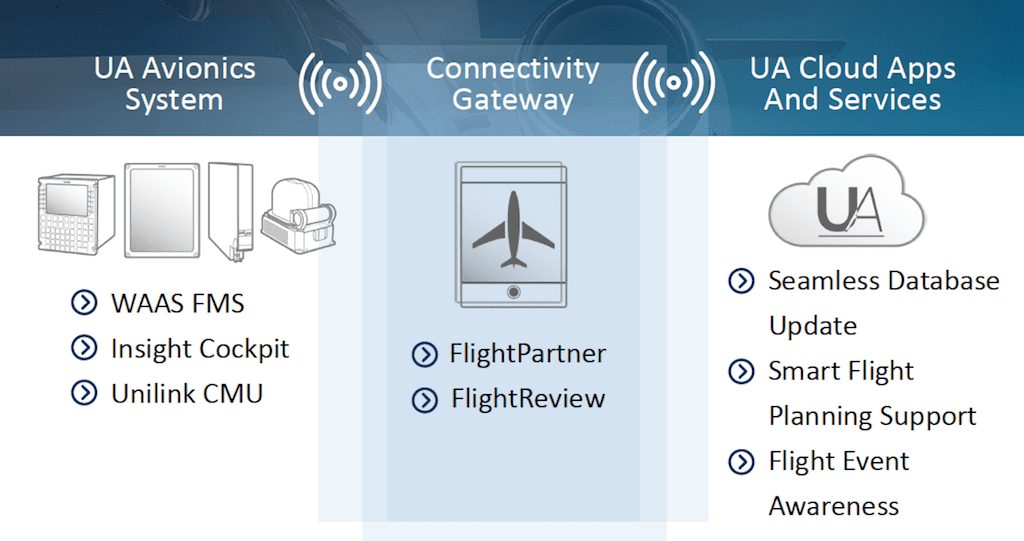
Universal Avionics provided this overview of its “Connectivity Ecosystem” during its new product introduction. (Universal Avionics)
Universal Avionics introduced its new FlightPartner and FlightReview applications, which the company describes as its initial launch of a broader “Connectivity Ecosystem.” First unveiled during the 2021 National Business Aviation Association (NBAA) conference and exhibition back in October 2021, both applications are hosted on an iPad and have a native connection to Universal’s flight management system (FMS).
FlightPartner effectively enables a two-way data exchange that allows pilots to manipulate flight plan data on the FMS display with their iPad throughout the flight. FlightReview is the more maintenance-focused of the two applications, as its native connection to the FMS uploads flight operational data to the cloud-based operating system used by Universal Avionics to host its applications, where that data can then be accessed by maintenance technicians for review on a per-flight basis.
According to the company’s website, the applications will become available for use by the “end of the first quarter of 2022.”
Flightcell’s SmartHub
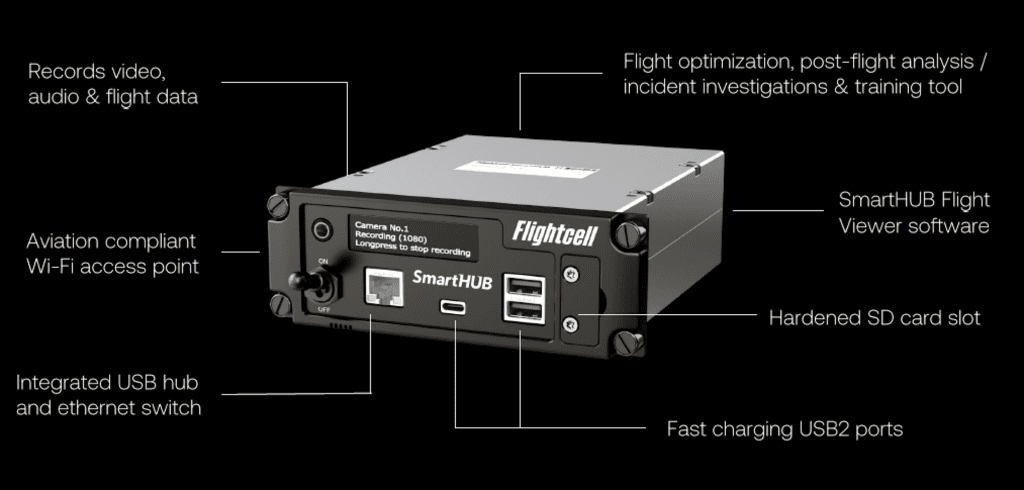
Flightcell’s new SmartHub is a HD video, audio, flight data recorder and access point for USB/IP devices. (Flightcell)
Flightcell, the New Zealand-based airborne communications supplier, introduced its new SmartHub all-in-one cockpit recorder that targets the rotorcraft market. SmartHub is capable of recording cockpit audio, video, and aircraft flight data, while also serving as an aviation-compliant Wi-Fi access point.
According to Flightcell, the SmartHub can also serve as a digital maintenance log of specific flight exceedances that are configured to be monitored by a flight operations or maintenance department. SmartHub can be installed under a local modification (minor change) and “can be mounted in various positions in the smallest machines to provide virtually a ‘plug and play’ recording capability.”
John Wyllie, Flightcell CEO, said the SmartHub was developed in response to customer demand and for what his company is seeing related to increasing civil aviation regulatory requirements for “mandatory cockpit recording, especially for government and public sector rotorcraft operators.”
Astronautics AeroSync
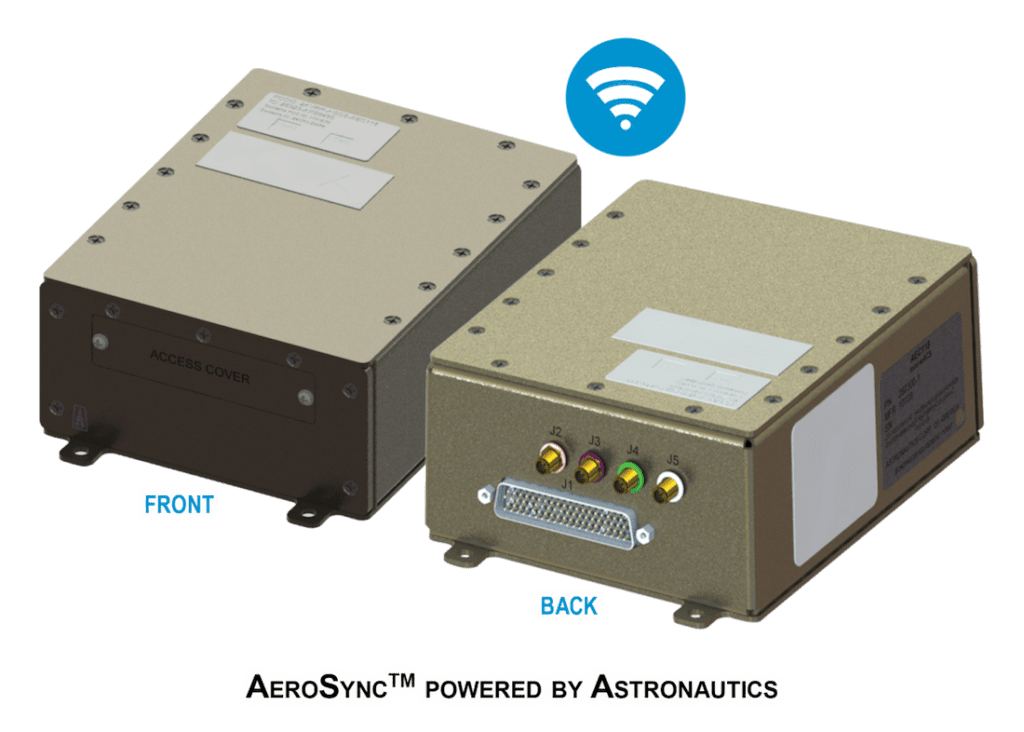
Astronautics’ AeroSync connectivity system for Airbus Helicopters. (Astronautics)
Astronautics Corp., the Oak Creek, Wisconsin-based avionics maker, introduced its new AeroSync Wireless Airborne Communication System (WACS). First launched at the 2022 Heli-Expo conference and exhibition earlier this month, the system provides data acquisition and health monitoring for helicopter operators, while also being capable of providing cabin in-flight connectivity (IFC) for passengers. AeroSync has also received a technical standard order (TSO) from the Federal Aviation Administration (FAA) to enable streaming mission data and video between helicopter and ground-based systems.
The system has already been selected as line-fit connectivity for Airbus Helicopters’ new production H125s and H130s. AeroSync is also the line-fit connectivity solution for Airbus’ new H145 platforms.
Thommen Aircraft’s CRT-to-LCD Display Upgrades
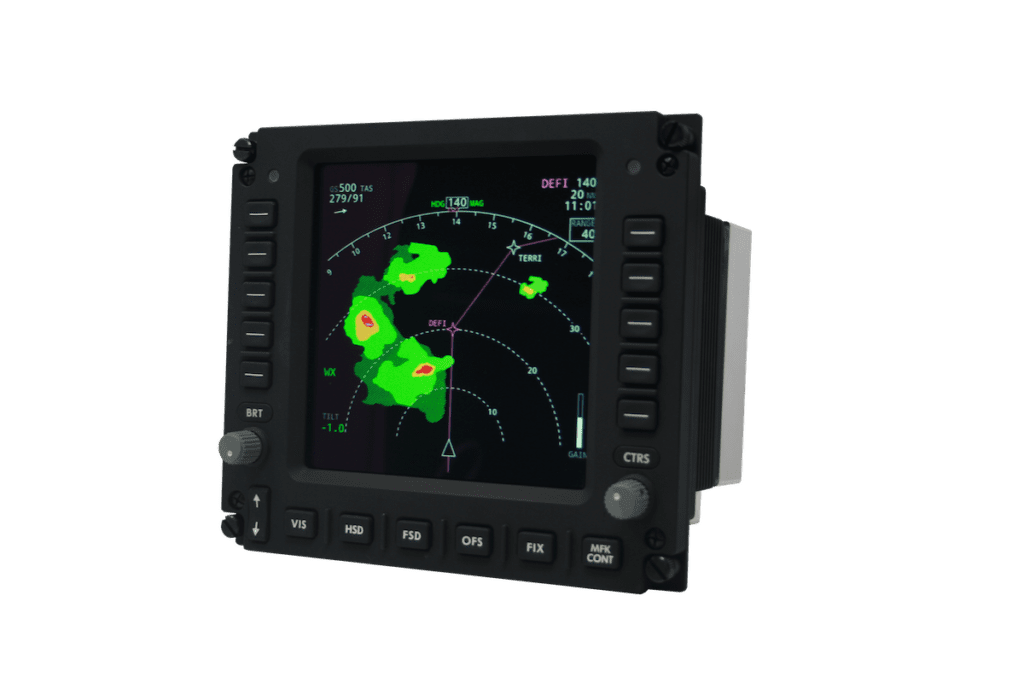
Thommen Aircraft Equipment introduced its new CRT-to-LCD display upgrade service. (Thommen Aircraft Equipment)
Switzerland-based avionics manufacturer Thommen Aircraft is targeting legacy cathode-ray tube (CRT) and first-generation liquid crystal display (LCD) cockpits with its new display replacement services. The company notes that its in-house lamination and assembly services can tailor-cut modern LCD upgrades for “virtually any size of displays that are used in aircraft cockpits and mission systems.”
In the upgrade process, analog information is converted and processed to color and composite video signals to provide accurate navigation and mission data to the flight crew in a digital format, according to Thommen.
Flight Data Systems FDAIU

Flight Data Systems, the Irving, Texas-based aircraft data acquisition and recording supplier, has launched a new Flight Data Acquisition Interface Unit (FDAIU) as a plug-and-play replacement upgrade for legacy ARINC 542A recorders “such as the L3 Fairchild F1000 & F800,” according to a March 2 press release.
“As finding functional spare parts or repair services for widely used legacy FDRs is becoming more challenging, global supply chains have moved to accelerate end-of-support for legacy ARINC 542A recorders,” Flight Data Systems said in its announcement of the new FDAIU.
The company notes that the FDAIU is also a replacement option for its own line of legacy SENTRY flight data recorders (FDRs), that is capable of keeping the existing ARINC 404A ½ ATR long tray, connectors, and wiring for those recorders in place so that there is no modification required to the aircraft.
Avionica’s miniAID
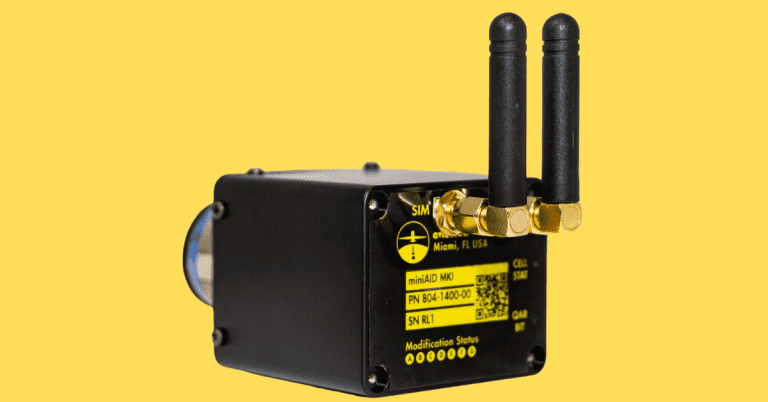
Avionica’s mini aircraft interface device (miniAID). (Avionica)
Avionica Vice President of Products and Services Scott Ridge provided an overview of the Miami, Florida-based avionics maker’s new aircraft interface device (AID), the miniAID.
“Allowing two-way connectivity from your connected aircraft to your Electronic Flight Bag (EFB), with the wireless built in and the cellular built in, this connects your EFB to the aircraft operational data. A very specific application that is often used is aircraft moving map,” Ridge said.
Originally launched at the 2021 NBAA conference and exhibition, the miniAID features an optional integrated GPS receiver and wired Ethernet as well as 32 gigabytes (GB) of storage. The box is just under two inches in height and weighs 6.9 ounces.
RightHand Technologies CabinLink 6

RightHand Technologies launched its new CabinLink 6 at AEA 2022. (RightHand Technologies)
RightHand Technologies, the Chicago-based original design manufacturer, introduced its new CabinLink 6, a Wi-Fi 6 wireless access point that the company claims to be capable of enabling up to “40% faster streaming” on connected mobile devices.
According to Cisco, Wi-Fi 6 is the sixth generation Wi-Fi standard, also known as 802.11ax, capable of generating a theoretical maximum connection speed of 9.6 gbps, as opposed to the maximum 3.5 gbps allowed by Wi-Fi 5.
The company has included five ethernet ports and a detachable radome antenna to optimize ease of installation into aircraft. According to RightHand Technologies, their CabinLink 6 is “business jet certified” and will become available by the fourth quarter of this year for a list price of less than $10,000.
Jupiter Avionics Eclipse Digital Audio System

The new Jupiter Avionics digital audio system (Jupiter Avionics)
Jupiter Avionics introduced its new Eclipse digital audio system, with the JACS-001 audio control system serving as the “brains,” according to Bryan Hart, the company’s senior marketing manager. JACS-001 allows aircraft OEMs or modification providers to connect up to seven control panels or two multi-function displays, two speaker outputs, and an audio configuration module for programming. In total, the Eclipse digital audio system enables up to six direct inputs, eight receivers and 11 transmit positions.
Texas Aerospace Technologies TXA201 Tri-Axial Accelerometer

Brad Sutphin, VP of Texas Aerospace Technologies, introduced the company’s new next generation triaxial accelerometer, the TXA201. The primary functionality of accelerometers are to measure vertical, longitudinal and lateral acceleration for flight data recorders.
An overview of the TXA201 from Sutphin notes that it uses Micro-electromechanical systems (MEMS) to convert gravitational and inertial forces into a DC voltage output for each of the three axis requirements lateral, longitudinal, and vertical for FDRs and flight data acquisition units. The company expects to achieve certification for the TXA201 by June 2022.
Mid Continent Instruments and Avionics Displays

(Mid Continent Instruments and Avionics)
Mid Continent Instruments and Avionics introduced five new 2-inch digital instruments, including new counter drum encoding altimeters, airspeed indicators, GPS clocks, battery ACUs, and attitude indicators.
CCX Technologies GPS Antenna Coupler

The new CCX Technologies GPS Antenna Coupler (CCX Technologies)
CCX Technologies introduced its new GPS Antenna Coupler, which works collaboratively with the company’s T-RX avionics tester to validate the functionality of aircraft GPS radios. The new antenna coupler is capable of providing more than 20 decibels (dB) of antenna isolation from outside GPS signal interference.
Chris Bartlett, president of CCX Technologies, said in a statement that the new coupler addresses issues that can occur when testing aircraft GPS radios, “because GPS satellite signals must be excluded during the tests, and you don’t want to interfere with another aircraft’s GPS while testing the aircraft. Our new GPS Antenna Coupler provides superior signal isolation so that testing can occur inside or outside the hangar without worrying about interference from satellites or interfering with the GPS radios of other nearby aircraft.”
Garmin’s D2 Mach 1 Smartwatch
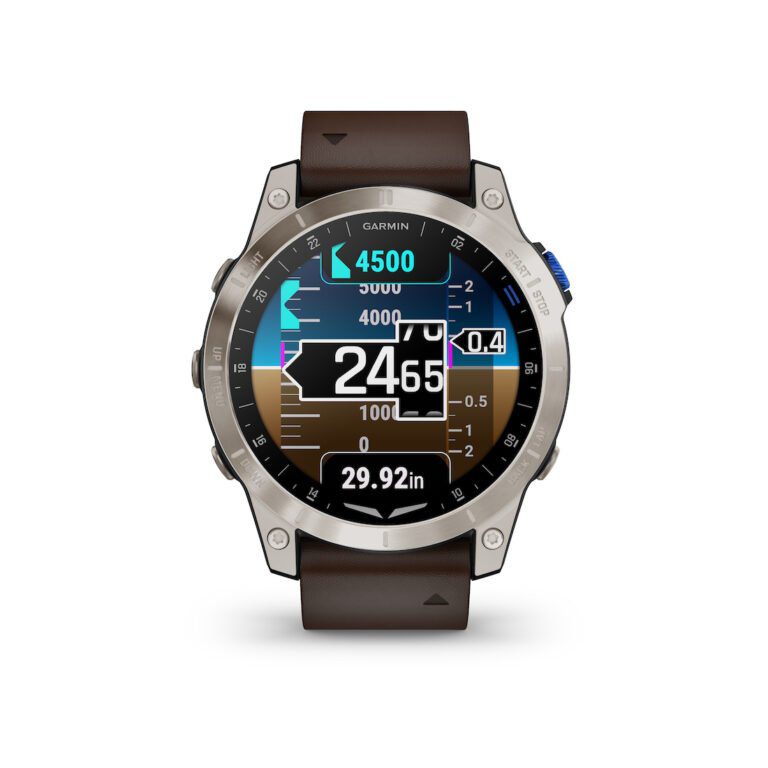
Garmin’s new D2 Mach 1 aviator smartwatch (Garmin International)
Garmin International introduced its new D2-Mach 1 GPS aviator smartwatch, the latest in its D2 aviation watch family. The Mach 1 features a touchscreen Active Matrix Organic Light Emitting Diode (AMOLED) display and is capable of assisting pilots with pre-flight, in-flight and post-flight functionality such as multi-band frequency and multi-GNSS support for more accurate GPS positioning.
Additionally, the watch has a preloaded global aeronautical database that enables a “direct-to-navigation” feature which allows pilots to navigate to the next waypoint within their flight plan.
Viavi’s AVX-10K Flight Line Test Set
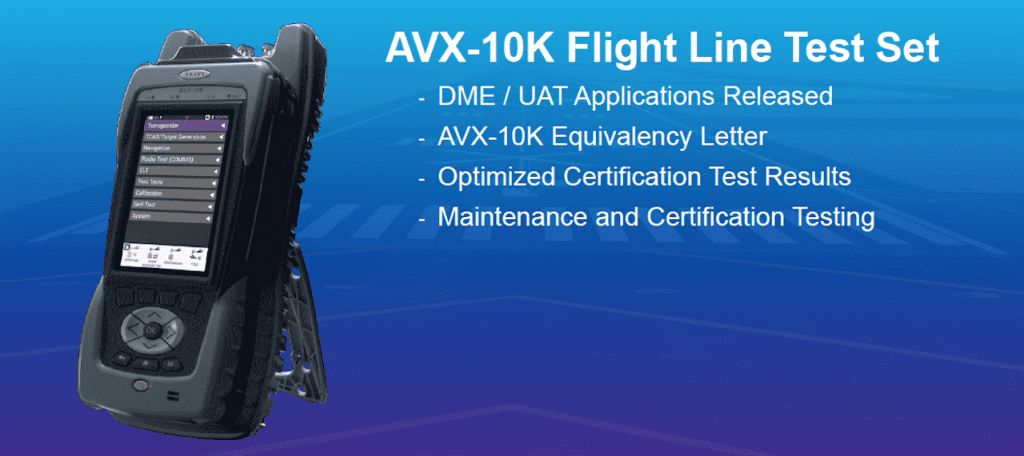
The AVX-10K flight line test set (Viavi Solutions)
Viavi Solutions, the Scottsdale, Arizona-based test and monitoring equipment supplier, introduced its new AVX-10K flight line test set. The AVX-10K is compatible with Android and iOS devices, has a digital touchscreen interface, and is capable of reporting and transferring testing results and data via USB, Ethernet, and wireless.
According to Viavi, the AVX-10K is capable of testing a range of communications, navigation, and surveillance systems, including very high frequency (VHF) radios, distance measuring equipment, and ADS-B Out transponders, among others.
FreeFlight Systems New Radar Altimeter
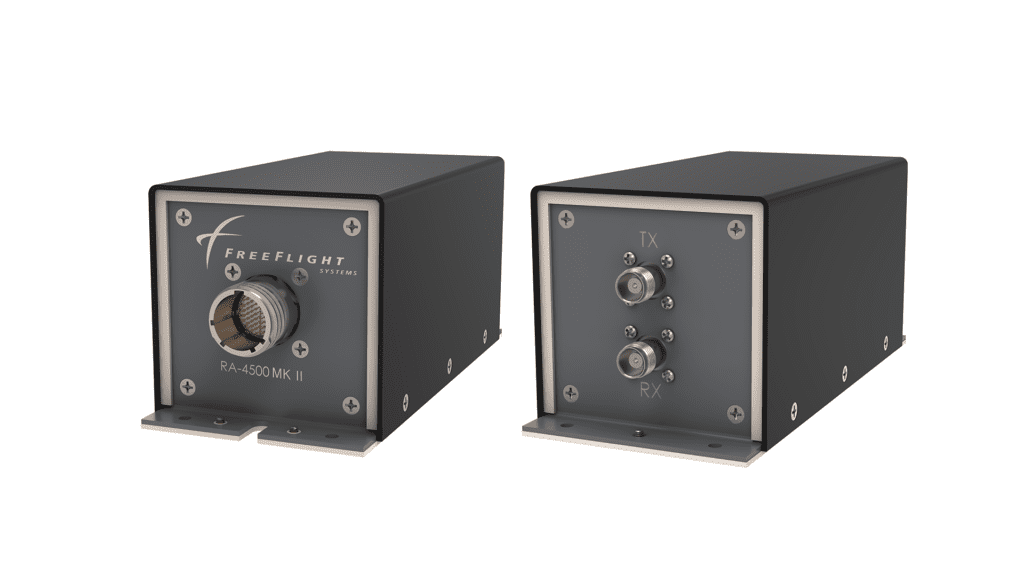
FreeFlight Systems’ RA-4500 Mk II is being promoted by the manufacturer as a 5G-resistant radio altimeter. (FreeFlight Systems)
Irving, Texas-based FreeFlight Systems provided an overview of their new RA-4500 Mark II (MK II) radar altimeter, that was first launched earlier this month during the 2022 Heli-Expo exhibition.
The company claims that the RA-4500 Mark II—a replacement for its existing RA-4000 and RA-4500 altimeters—has a “5G mitigation solution” that is a “unique combination of internal filtering and Digital Signal Processing (DSP) technology that can tolerate out-of-band 5G interference as well as other RF interferences.”
Applied Avionics Nexys Thru-Holes
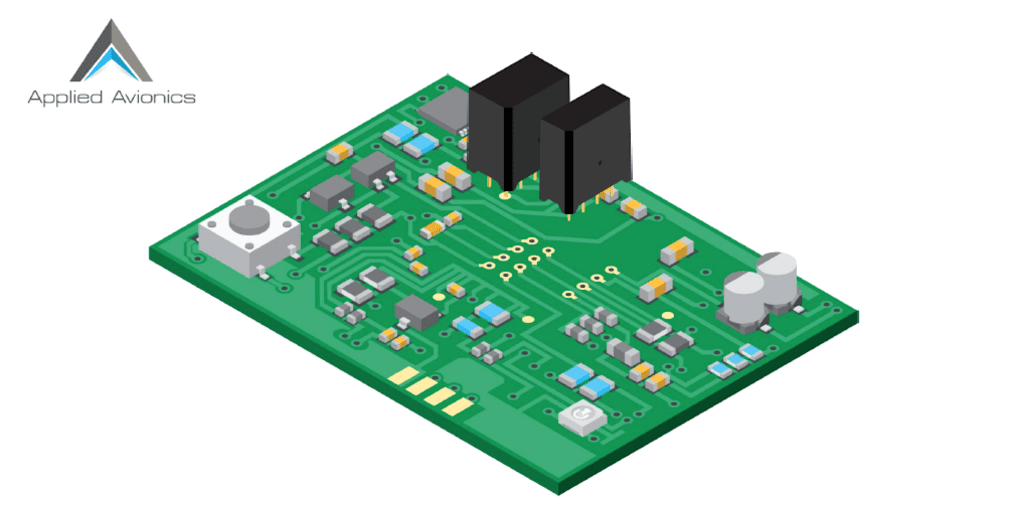
Applied Avionics is making its individual NEXSYS components available as Thru-hole devices.
Applied Avionics, the Fort Worth, Texas-based supplier of pushbutton switches, introduced its individual NEXSYS components as Thru-hole devices—designed to be compatible with 0.062-inch to 0.093-inch thick circuit boards.
CarlisleIT’s Octax LT

CarlisleIT’s Octax LT connector for commercial aviation applications (CarlisleIT)
Carlisle Interconnect Technologies (CarlisleIT) introduced its new Octax LT 10 Gbps single-port Ethernet connector for commercial aviation applications. The LT marks the entry of the Octax connector series into the commercial market, as the previous variants were primarily used in defense applications.
It is optimized for use with all the CarlisleIT Gigabit Series cables and is field-terminable, according to the company.
Shadin Avionics Embedded Control System Platform
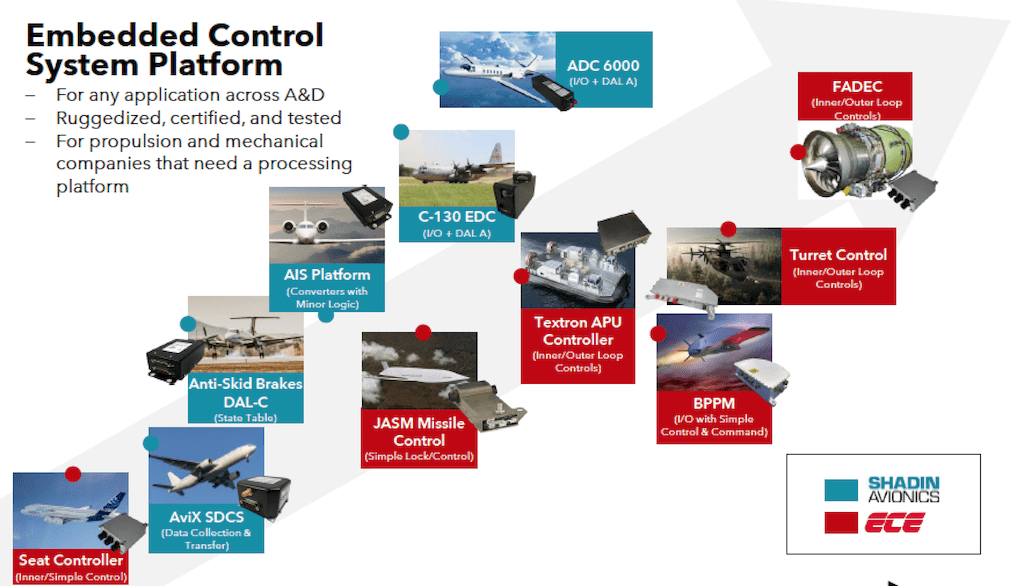
Shadin Avionics and partner company ECE’s embedded control system platform (Shadin Avionics)
Shadin Avionics, the Eden Prairie, Minnesota-based data conversion provider, introduced its new “Embedded Control System Platform,” as a solution to enable embedded processing for the majority of applications and systems that require them on aircraft.
“If you have an electro-mechanical system, and you need an embedded control come talk to us. If you have a group of systems engineers and don’t want to hire a bunch of software engineers, come talk to us,” Shadin Avionics President and CEO Mike Ingram said during the new product introduction ceremony.
The post 17 New Avionics Technologies Introduced at the 2022 Aircraft Electronics Association Convention appeared first on Aviation Today.
—————
Boost Internet Speed–
Free Business Hosting–
Free Email Account–
Dropcatch–
Free Secure Email–
Secure Email–
Cheap VOIP Calls–
Free Hosting–
Boost Inflight Wifi–
Premium Domains–
Free Domains


